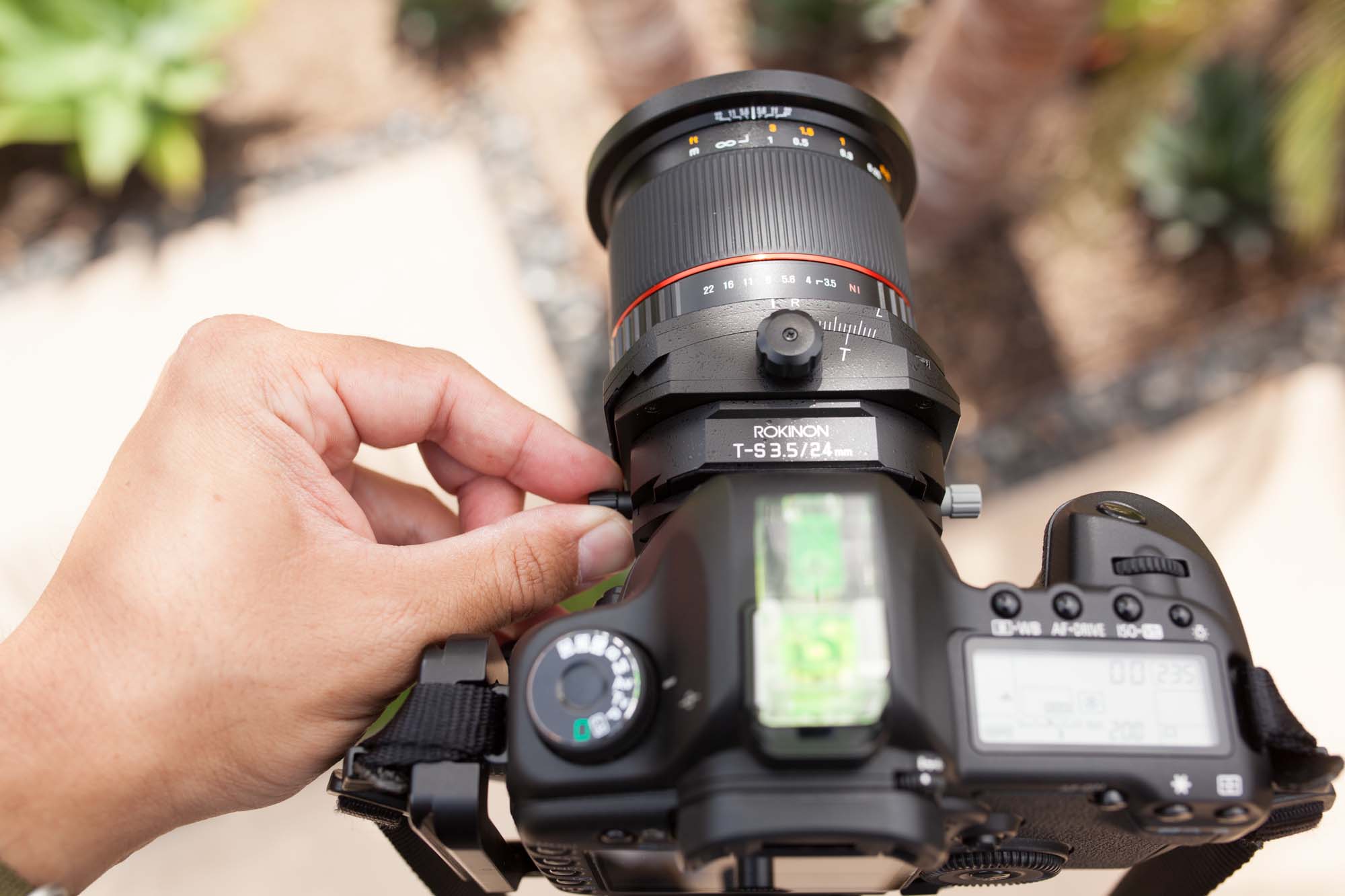If you own a tilt-shift lens, chances are you’re extremely good at photography. You’re also probably a much sought-after photographer in your city or community. They’re super-specialized and the often expensive tilt-shift lenses aren’t for everyone. Most other camera lenses can’t do what these lenses can. We look at the advantages they provide and why using one of these lenses is better than simulating in Photoshop.
Few lenses possess the ability to push the boundaries of creativity and precision as tilt-shift lenses do. These specially designed lenses offer photographers the ability to quickly and effectively manipulate depth of field and perspective in photographs. The mechanisms they use might seem intricate at first. Honestly, it’s all just in understanding the physics behind how light can be displaced and shifted in relation to the camera’s sensor. Thanks to the advent of digital photography, it’s all a lot easier now.
We can quickly classify the capabilities based on their nomenclature – tilt, and shift. The former has to do with the depth of field manipulation, while the latter deals with straighter verticals in the frame. This article explains the key features of both these traits of tilt-shift lenses and breaks down the possible practical use scenarios for them.
Table of Contents
Tilt
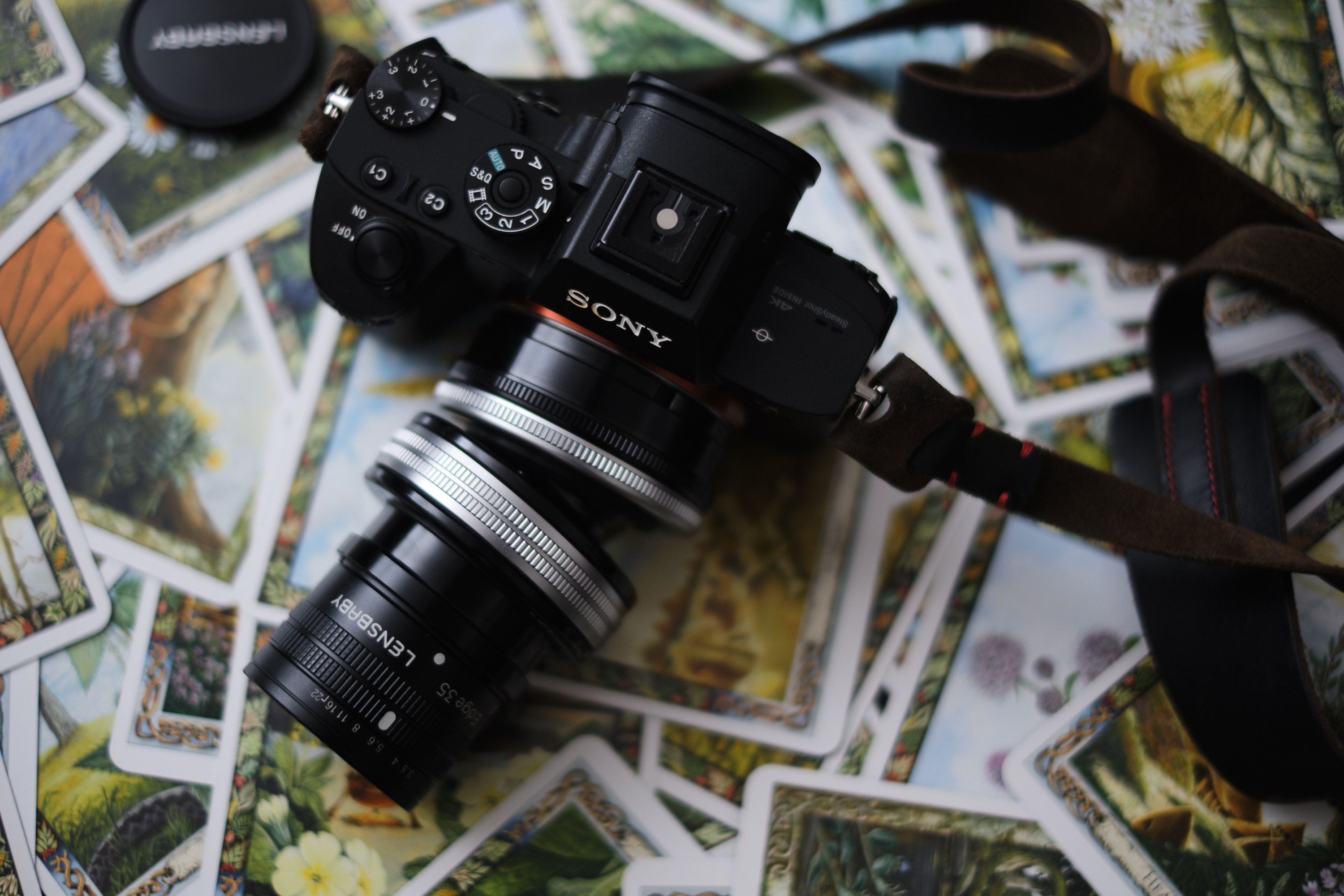
You’ve probably seen photos of cityscapes that look like they’re miniatures. Everything else seems out of focus except for a tiny part of the frame. Almost as though the city isn’t real and as though what you’re seeing is a scaled-down model of that cityscape. Such results are captured by using the tilt capabilities of tilt-shift lenses. But what’s actually happening is that, by using the tilt capabilities of the lens, you’re moving (or tilting) the focal plane. How much it’s tilted and at what angles ultimately decides what remains in focus in the photo.


The above couple of images showcases the result of the tilt feature. This was done moving the camera from its original position at all and was achieved by tilting the lens only
Yes, these aren’t everyday lenses. Typically, cityscape photographers use them to create miniature-looking vistas of densely constructed towns and cities. Portrait and lifestyle photographers also use them to produce unique-looking photos with unexpected areas of blur.
How Is Tilting Done
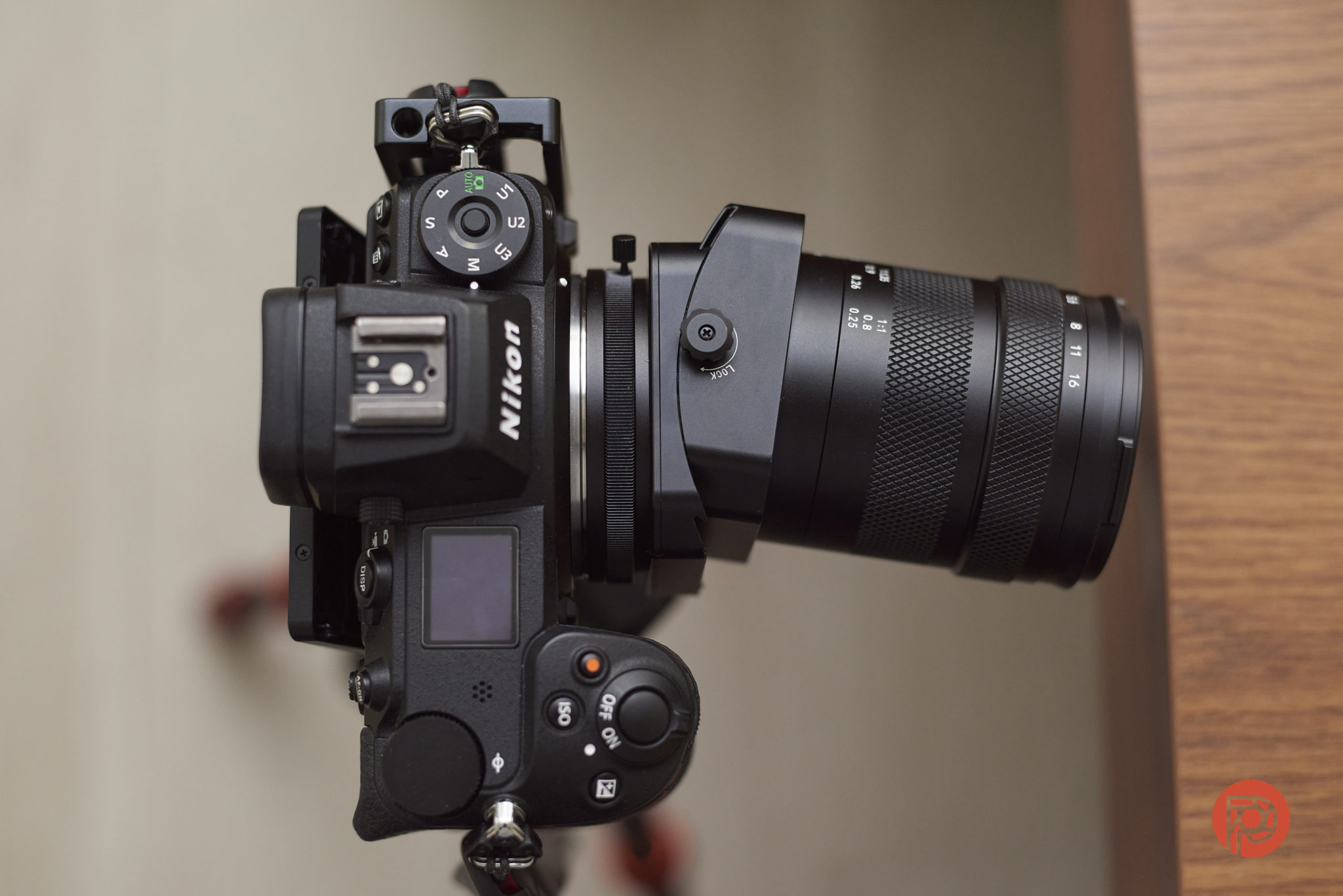
By accurately tilting the plane of the lens in relation to the camera’s sensor, photographers take further control of focus and depth of field parameters. By tilting it at the angle of your choice, you alter the direction of the light rays relative to the sensor. Selective sharpness and ethereal blur suddenly find their way onto your image, allowing you to create images that were only otherwise possible in Photoshop. It can take a while for your eyes to adjust to this offsetting yet dreamy blur. A blur that’s only familiar to most in macro photography images suddenly finds its way to even landscape photos, which turns outdoor scenes and cityscapes into miniatures.

Such depth of field shallowness in areas of the frame that you wouldn’t expect to see them, usually can only be achieved in-camera when using tilt features of tilt-shift lenses. Lensbaby is one manufacturer that makes a lot of lenses that help you to achieve such looks. Tilting such lenses in this manner helps you create effects such as the miniature or “tilt-shift” effects.
Some might say that such effects are gimmicky. But there’s a whole lot of photographers who’d argue otherwise. To some extent, this kind of effect can be simulated during post-production. But getting it right in the camera is so much easier and more satisfying.
Think of it as a way to get all the benefits of Freelensing, but without the risk of getting dust onto your camera’s sensor or accidentally dropping the disconnected lens.
Shift
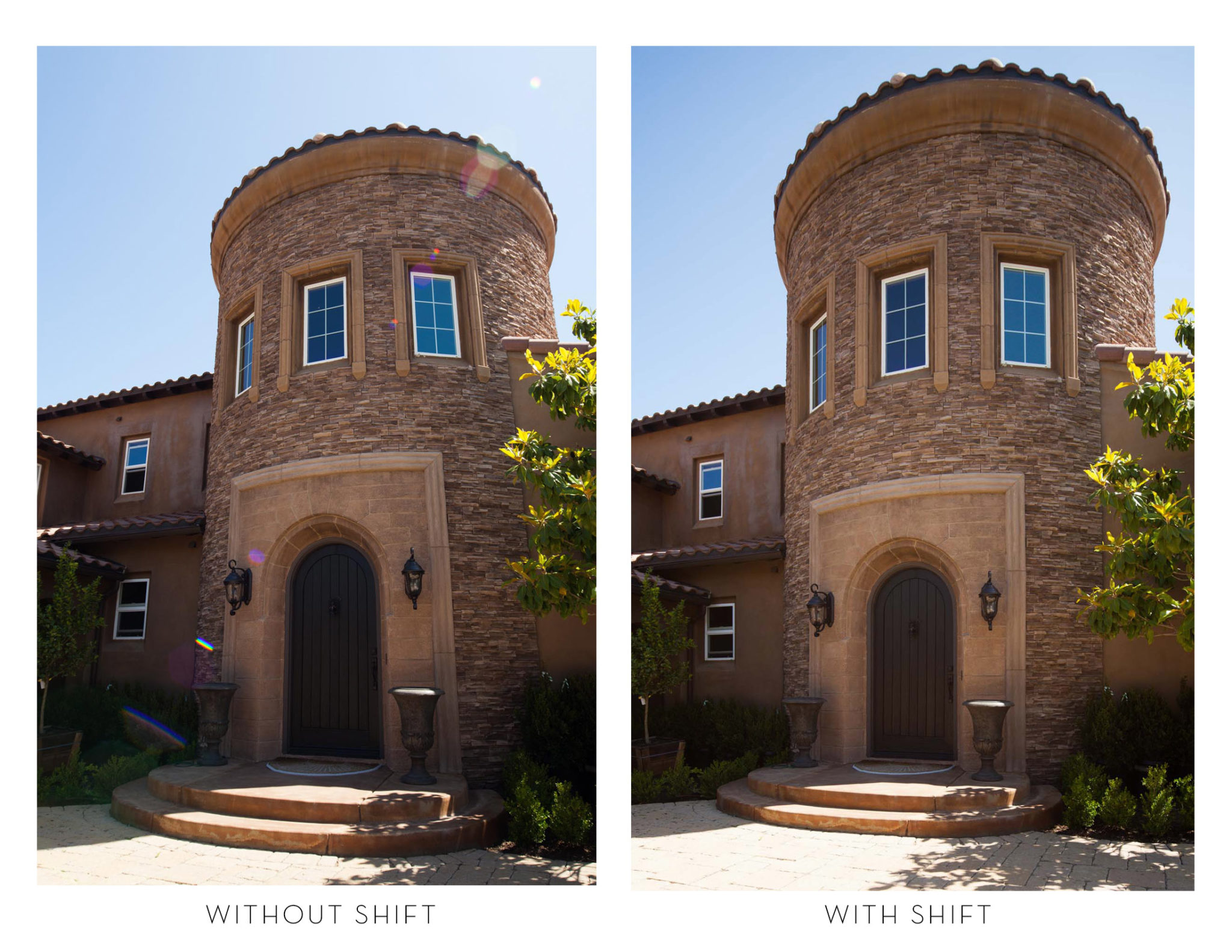
This is a scenario that a lot of us have commonly encountered. We have a wide-angle lens in hand and a very tall building in front of us. When standing at ground level and trying to take a picture of this building, we have to angle the lens upward to get the entire structure in the frame. Most of the time, this fixes the issue of getting the whole building in the photo, but because we had to point the camera upwards, the building now looks angled.
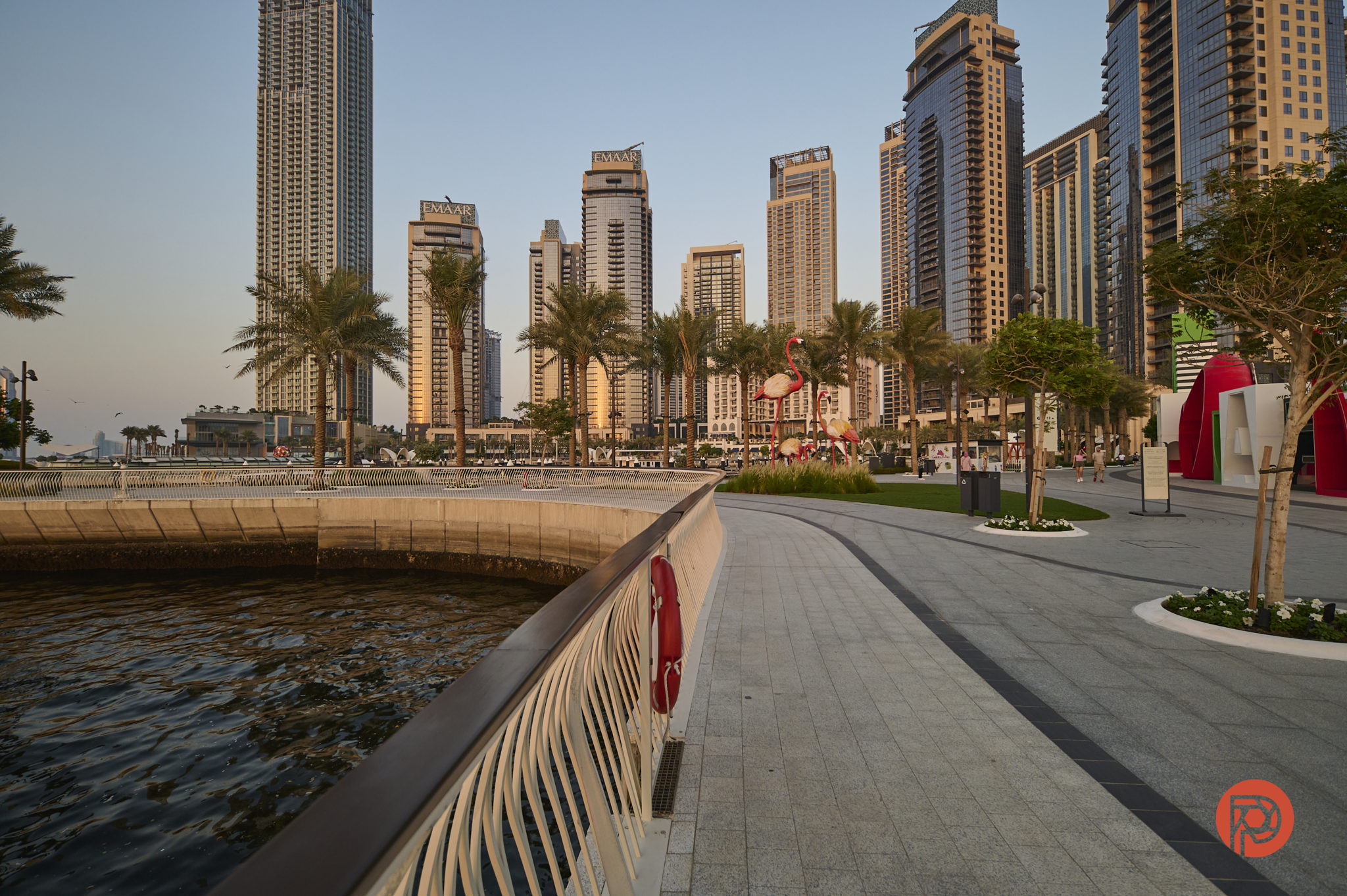
Getting access to an elevated floor from a neighboring building can help fix this if you’re at an elevation of around half the height of the structure you want to photograph. But this can’t always be easy or even possible. This is where shift mechanism lenses really come to the rescue. By shifting a portion of the lens upwards, you cannot keep the entire structure in the picture (where in some instances, you may not have been able to). In tilt-shift lenses, the shift feature allows lateral movements of the lens plane without moving the camera. This enables perspective control and helps to quickly rectify issues like converging vertical lines. All vertical lines in the frame remain perfectly vertical if you’ve correctly used your shift lens.
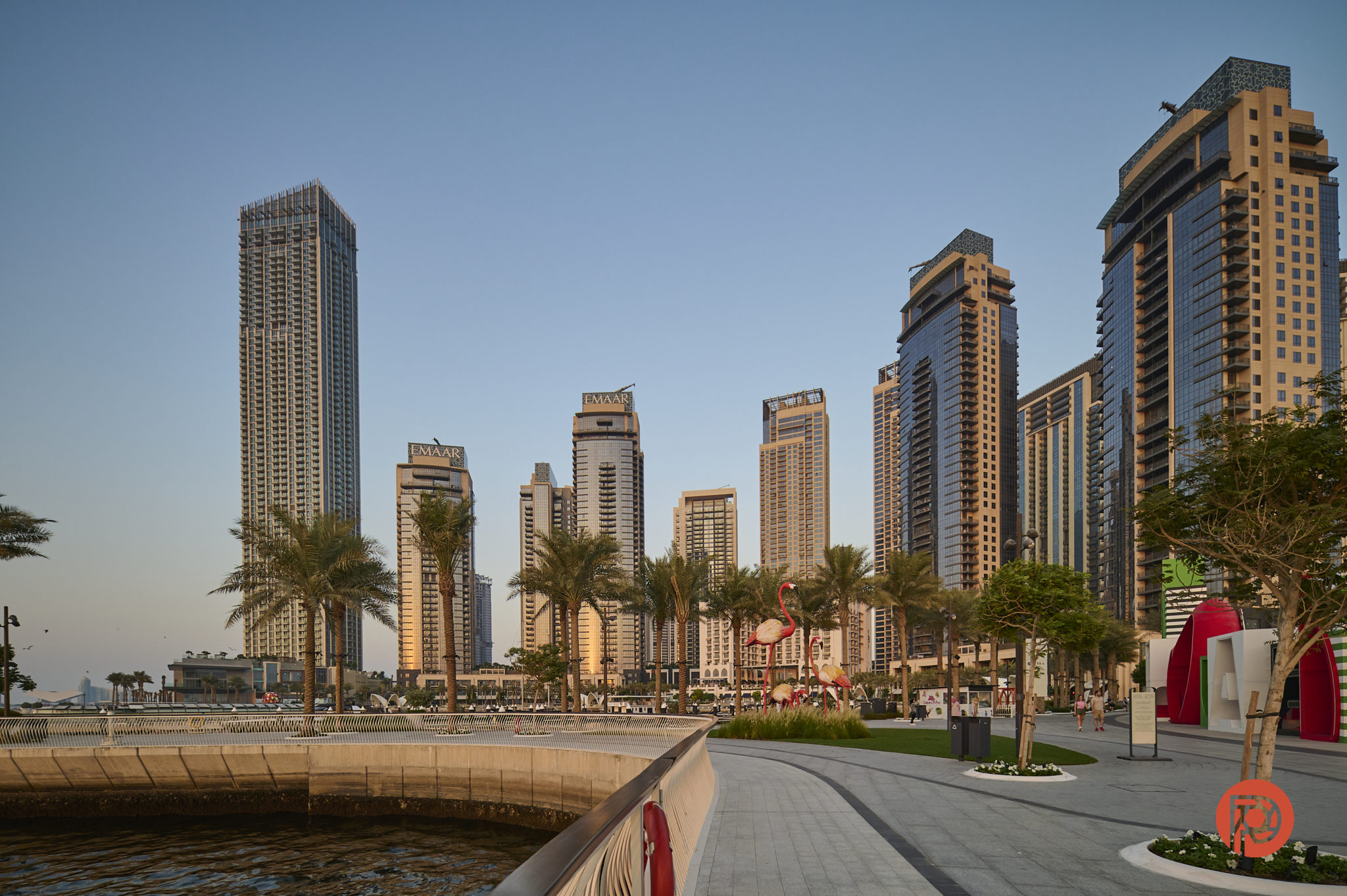
Shifting the perspective basically moves a portion of the lens parallel to the focal plane. You can even use such lenses to stitch horizontal and vertical panorama photos without distortion.
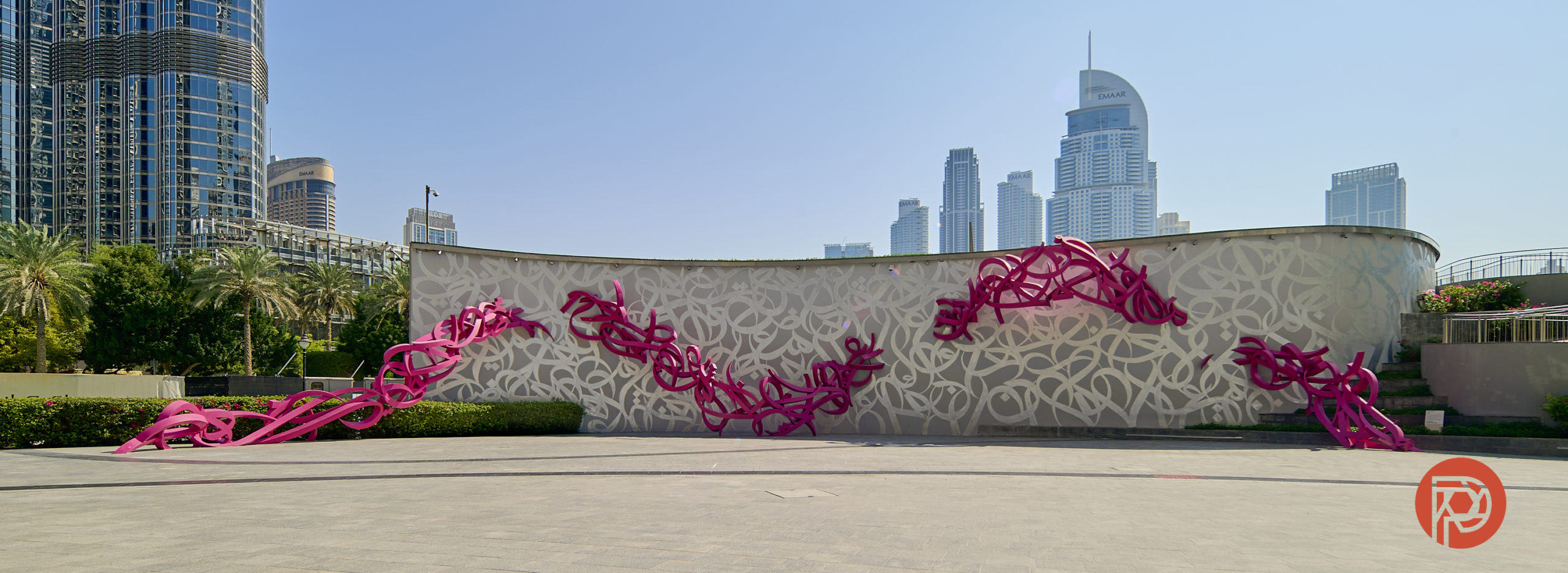
How Does It Work?
Part of the lens is shifted upward or downward relative to the camera sensor for shift photography. The lens still remains mounted to the camera, and you gain control over perspective distortion. When photographing buildings and towers with a wide-angle lens, the converging lines you often have to contend with are effectively countered during shifting. No more having to shoot wider than required and then correcting perspective at the expense of losing a lot of the image area because of the cropping needed to do this.
By now, you’d have guessed correctly that shift lenses are primarily used in architectural photography. A good sturdy tripod is beneficial to use with one of these lenses as they often require a great deal of patience and precision to be exercised while using them. Tilt-shift lenses with exceptional shift capabilities, such as Nikon’s 19mm f/4E ED PC Lens and the Canon TS-E 17mm f/4L lens, are favorites with architectural photographers. For those who don’t want to spend as much, the Laowa 15mm f4.5 Zero Distortion shift lens is one of our favorites. It even won our Editors Choice Award in 2022. In our review, we said:
It’s opened up a whole new perspective (excuse the pun) for me regarding architecture and interior photography. No more fiddling around with tripod heights to try and fit as much of the top of the scene into my frame. Even when the shift feature isn’t used, this lens can take in quite a bit of the surroundings at 15mm. And while doing so, your verticals remain just that – vertical. I don’t do much architecture work, but I am considering adding this lens to my arsenal. It’s mostly sharp, allows you to look at buildings and structures differently, and makes your cityscape photos look more professional by keeping all lines straight. Plus, it saves you a whole lot of time in post-production.
Shift lenses are invaluable assets for architectural and interior photographers. They save countless hours of perspective correction in editing.
Real-Life Usage Scenarios
Tilt-shift are expensive for sure, but they give you the best of both worlds and often very excellent results too. But many lenses with just one of these two features are also available. This also enables manufacturers to keep the prices down for those who don’t need both tilt and shift functionalities.
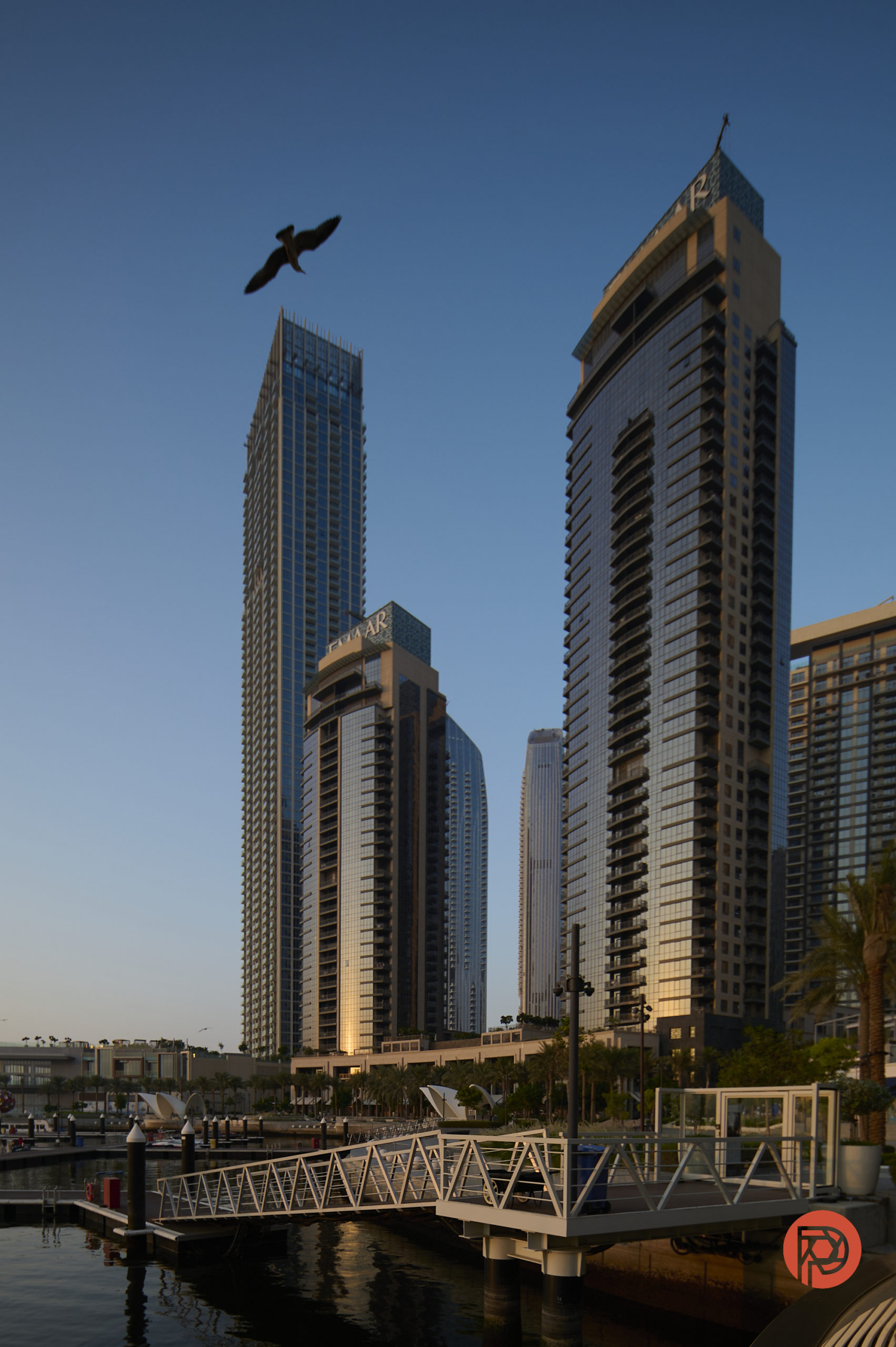
Architectural and interior photographers are certainly the ones that benefit the most from shift-capable lenses. Macro photographers who often have depth of field corrections and adjustments can benefit more from tilt lenses.

Even in other genres of photography, such as product photography, portraiture, and landscape photography, tilt-shift lenses can help simplify photo taking in tricky scenarios. They are remarkable tools that help to empower photographers to push the boundaries of precision.
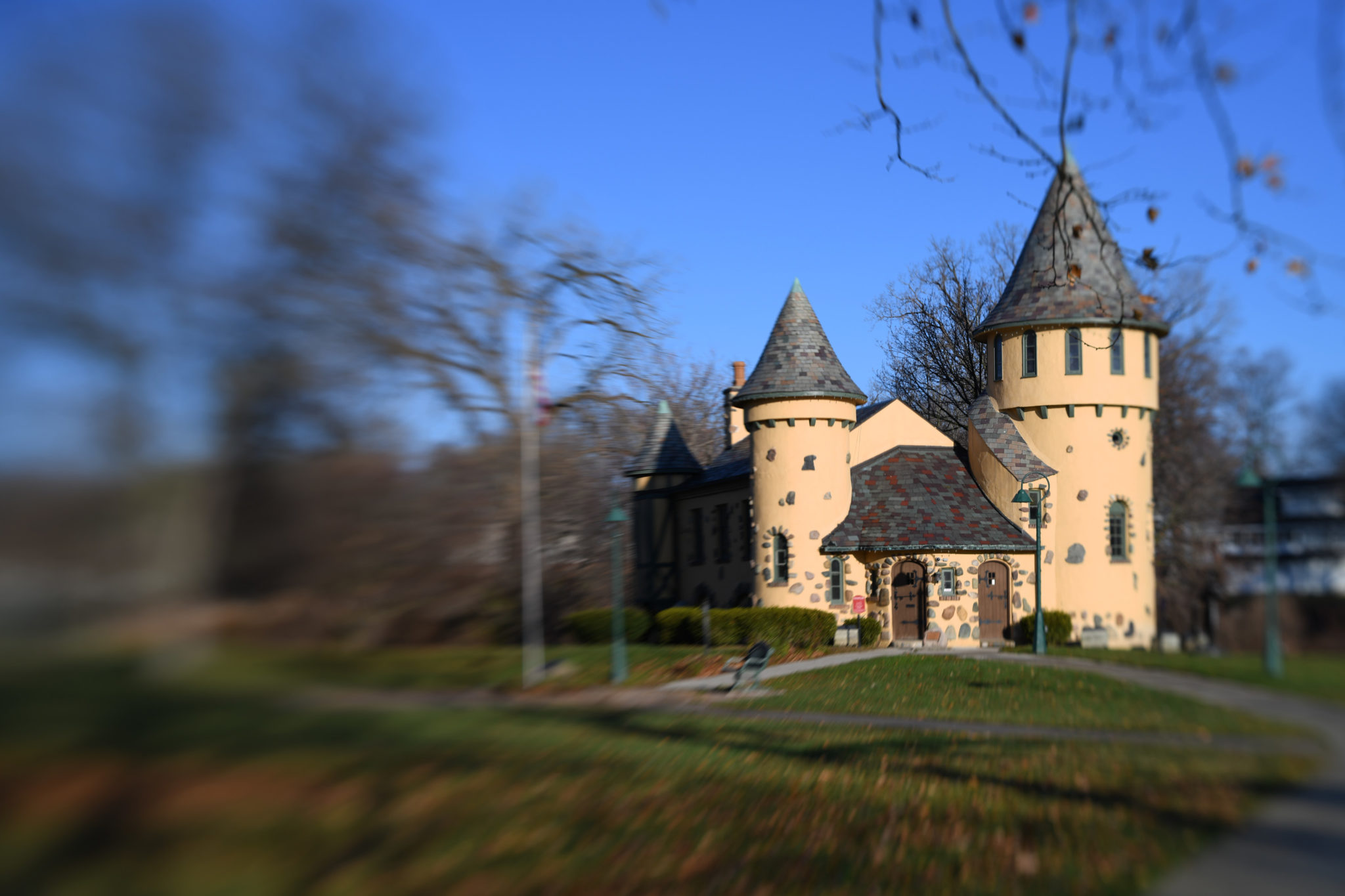
When compared to regular lenses, in many instances, the results that tilt-shift lenses help bring to life are nothing short of magical. Photographers who use them are often willing to pay a pretty penny as they help simplify their workflow greatly. They are reliable workhorses that help you get results to distinguish yourself easily from your competition.


